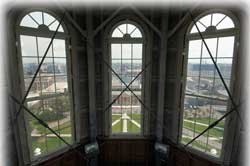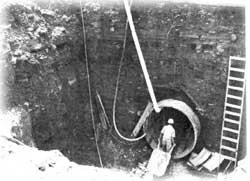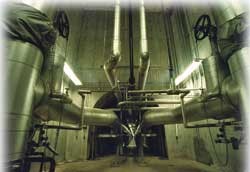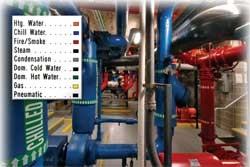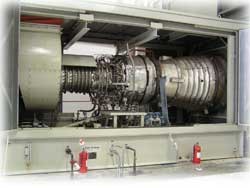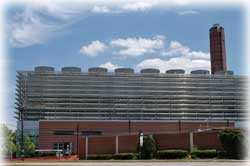From McMicken's cupola to UC's utility plant, maintenance room and steam tunnels, here are some views you've likely never seen.
by John Bach
Everyone recognizes McMicken Hall's cupola from the outside. But have you ever wondered what it looked like from the inside? Are you curious about that industrial-looking facility at Jefferson and Martin Luther King? And surely you've heard rumors about tunnels under UC. Care for a glance?
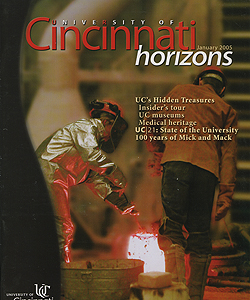
 Past Issues
Past Issues